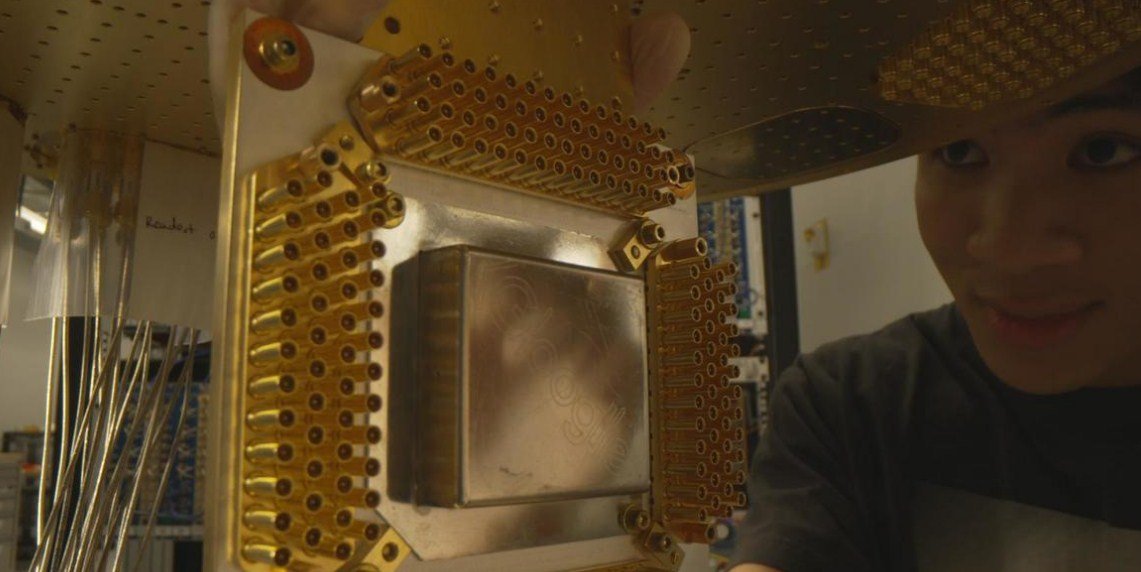Quantum computing is a rapidly evolving field that promises to revolutionize problem solving in various domains such as medicine, physics, chemistry, and engineering. Quantum computers use quantum bits or qubits, which can exist in superpositions of two states, to perform complex calculations that are beyond the reach of traditional computers. However, quantum computers are also prone to errors and noise due to the fragile nature of qubits and their interactions with the environment.
Several tech giants and startups are competing to develop reliable and scalable quantum computers that can demonstrate quantum supremacy, the point at which a quantum computer can complete a task that would be impossible for ordinary computers. In 2019, Google claimed to have achieved quantum supremacy with its 53-qubit Sycamore quantum processor, which performed a specific calculation in 200 seconds that would take a state-of-the-art supercomputer 10,000 years. However, this claim was challenged by an algorithm that could solve the same problem faster than Sycamore using ordinary computers.
IBM, another leader in quantum computing, recently announced a new breakthrough that shows evidence of quantum utility, the ability of quantum computers to produce accurate results at a scale of 100+ qubits reaching beyond leading classical approaches. The IBM team used the 127-qubit Eagle quantum processor to simulate the dynamics of spins in a model of material and predict properties such as its magnetization.
The team also applied advanced error mitigation techniques to reduce the noise and improve the fidelity of the quantum system. The results were verified by a team of scientists at UC Berkeley, who performed the same simulations on advanced classical computers and found that the quantum computer outperformed the classical methods as the scale of the model increased.
The IBM team claims that this is the first time that quantum computers have accurately modeled a physical system in nature beyond leading classical approaches, signaling that quantum computers are capable, scientific tools that can be used to model problems that are extremely difficult or impossible for classical systems.
This milestone is a significant step towards the ultimate goal of quantum computing, which is to simulate components of materials that classical computers have never efficiently simulated. Being able to model these components could enable the discovery of new materials and applications for various challenges such as designing more efficient fertilizers, building better batteries, and creating new medicines.
Other players in the quantum computing sector, such as Microsoft, D-Wave Systems, Rigetti, and several startups, are also making progress in developing quantum hardware and software that can tackle real-world problems. For example, Xanadu, a Canadian startup, has developed a photonic quantum computer that uses light particles or photons as qubits, which could offer advantages in speed, scalability, and connectivity.
ColdQuanta, a US-based startup, has launched a cloud-based quantum computing platform that uses ultracold atoms as qubits, which could offer advantages in coherence, stability, and precision. QC Ware, another US-based startup, has developed a quantum machine learning platform that can run on various quantum hardware and enable applications such as data analysis, optimization, and generative modeling.
Quantum computing is expected to surge in 2023, as more companies and countries invest in this emerging technology and explore its potential benefits and challenges. Quantum computing could also have profound implications for society, as it could transform various industries, create new opportunities, and pose new risks. As quantum computing becomes more accessible and useful, it will also require new standards, regulations, and ethical guidelines to ensure its responsible and beneficial use.

